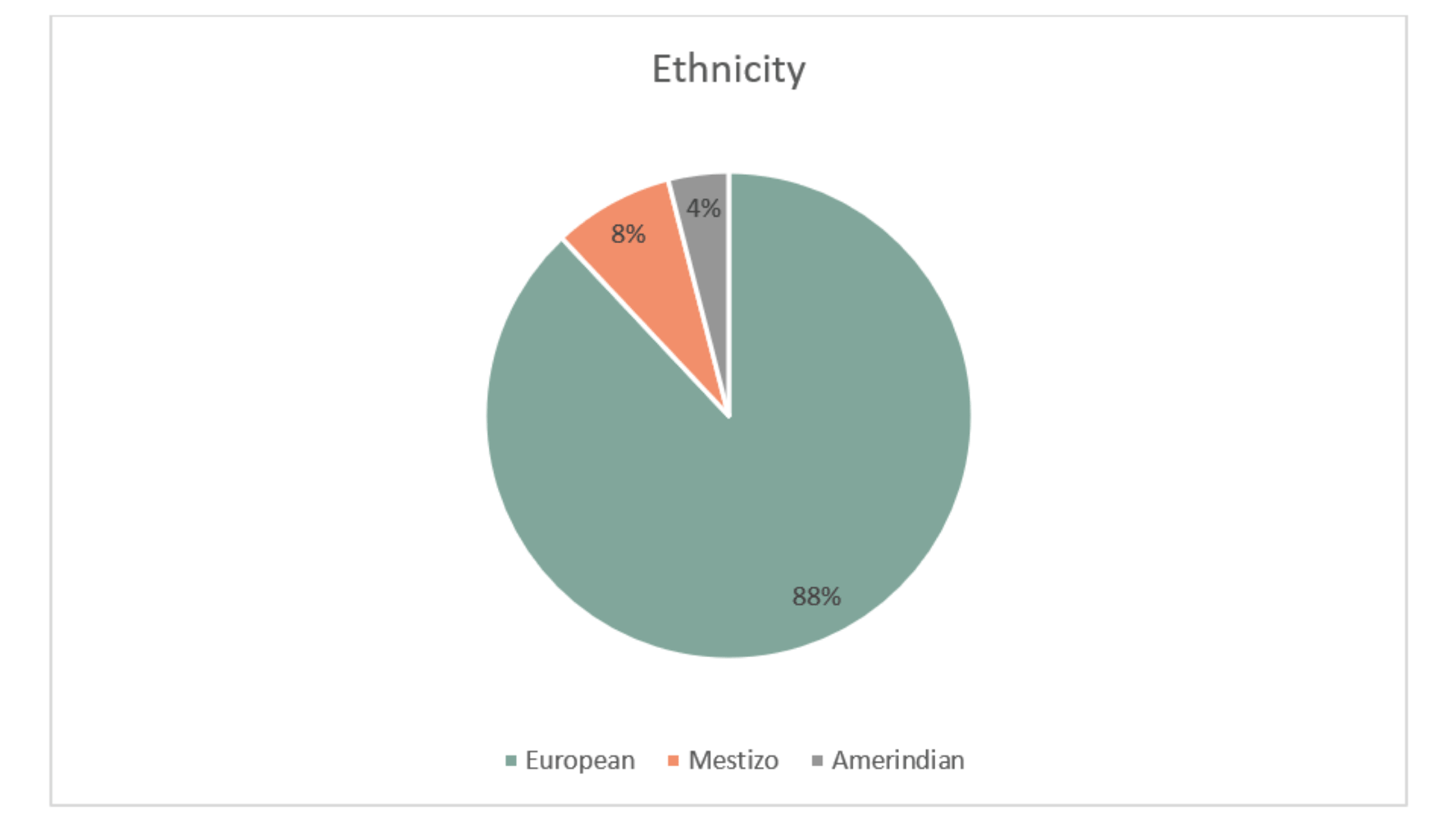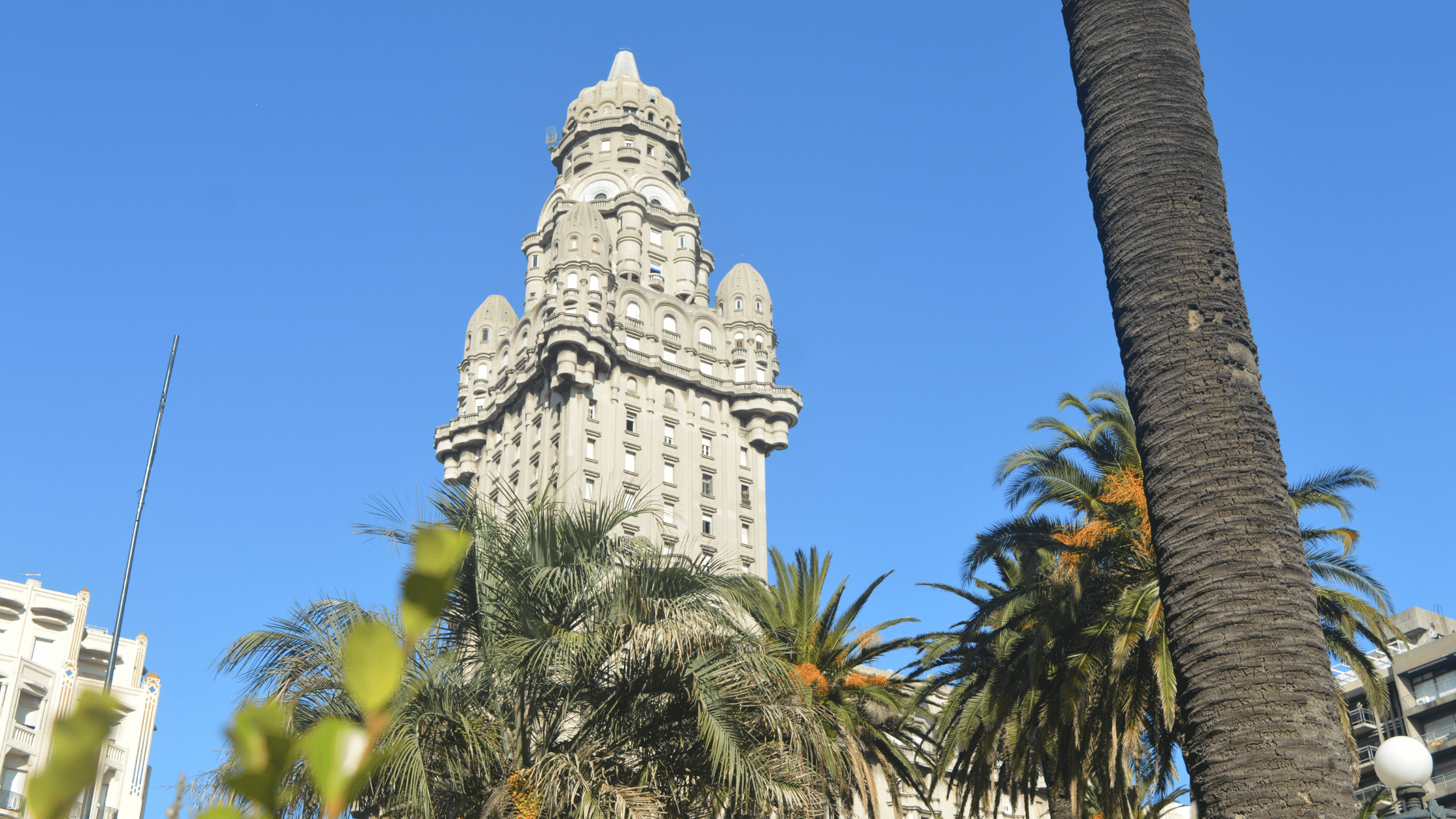General Information
| POPULATION | 3.462 million |
| LANGUAGE | Spanish |
| CAPITAL | Montevideo |
| CURRENCY | Uruguayan Peso |
Fun Facts
- Uruguay Has The World’s Longest National Anthem
- Uruguay hosted the 1st soccer World cup ever
- 100% of Uruguay’s electricity comes from renewable sources
- More cows than people
- Uruguay has one of the highest literacy rates in the world with 98.7% for adults.
- Safest country in South America
Uruguay
Uruguay has been described as a giant city with ranch attached. Half the population of 3 million plus live in the capital city of Montevideo, while the rest earn a living on the rich lowland pastures that spread out across the rest of the country. The rearing of livestock has brought great wealth to Uruguay, although in the recent years of tourism and banking have also contributed to the national income. Apart from period of brutal military rule in the 1970s, the country enjoys a stable government that has built up an impressive welfare system to look after its people.
Ethnicity
There are 3.462 million people living in Uruguay
- 88% European
- 8% Mestizo
- 4% Amerindian

Economy
Uruguay’s per capita GDP is among the highest in Latin America, and the country boasts a sizable urban middle class. Its historically high quality of living has been built on revenue from agricultural exports, particularly wool and cattle, which have been exposed to global market volatility. To lessen the country’s reliance on foreign trade, successive governments have promoted indigenous domestic manufacturing and services, both of which have grown into dynamic economic sectors. Uruguay has a free market economy with an export-oriented agricultural sector, a well-educated workforce, and high social spending levels. Uruguay has pushed to promote trade both within and outside the Common Market of the South (Mercosur), and President Vasquez has kept his predecessor’s blend of pro-market policies and a strong social safety net in place. 47% of people in Uruguay are Catholic, 23% nondenominational, 17% Atheist, 11% Christian denomination, 2% Other
Food
Uruguayan cuisine is extremely similar to that of Argentina; both cultures are fierce carnivores who enjoy dulce de leche. Uruguay is the biggest consumer of beef per capita in the world. There is no salt in the restaurants in Uruguay as well as other condiments containing excessive amounts of salt because the estimated intake of salt is 9g per person a day. Chivito is the nation’s favourite snack and the national dish of Uruguay. Indigenous cattle meat, entire fresh cow milk, paddy rice, wheat, soybeans, grapes, greasy wool, indigenous chicken meat, indigenous sheep meat, and sunflower seed are Uruguay’s principal agricultural products. The national drink of Uruguay is a herbal tea called mate, this tea is very much rich in caffeine.
Some dishes to try might be:
– Chivito (Sandwich)
– Pancho (Uruguayan Hot dog)
– Tortas fritas (Fried Biscuits)
– Martín Fierro (Cheese Dessert)
– Asado (Barbequed Meats)
Places
The best time of year to visit Uruguay is the summer this is because the climate is more conducive to outdoor activities and exploration. Uruguay’s landscape is that of low, rolling grassland. Rich fertile plains along the Atlantic coast are studded with lagoons; the largest, Laguna Merin, marks the Brazilian border. Much of the territory is dominated by rivers, the most prominent river is Rio Negro; dams here form the largest artificial reservoirs in South America.
Cerro Catedral is the highest point in Uruguay which reaches a height of 514m. The sumptuous interior of the Legislative Palace in Montevideo, the home of Uruguay’s General assembly. The architecture and culture in Uruguay’s main cities has been heavily influenced by European migrants. 11 million cattle and 15 million sheep live on the grassy plains of Uruguay, easily outnumbering the population.
Some cities to visit in Uruguay are:
- Montevideo, the capital revolving around Plaza de la Independencia
- Maldonado, known for museums, churches and watchtowers
- Colonia del Sacramento, renowned for its historic quarter, a UNESCO World Heritage Site.
Some places to visit are:
- Solís Theatre, Montevideo
- Museo Ralli Punta del Este, Punta del Este
- Cabo Polonio National Park, Cabo Polonio
- Colonia Del Sacramento Rambla, Colonia del Sacramento
- Bodega Bouza, Montevideo
History
While exploring the Rio de la Plata in 1516, Spanish explorer Juan Diaz de Solis was killed by indigenous people, putting an end to European colonisation for more than a century. In 1726, the Spanish discovered Montevideo and conquered Uruguay from the Portuguese; many indigenous people were massacred. Uruguay joins the Vice-royalty of La Plata, which has its capital in Buenos Aires, in 1776. Following Napoleon Bonaparte’s destruction of the Spanish monarchy in 1808, Uruguayans revolt against the Vice-royalty of La Plata.
Invaders from Argentina and Brazil assault the Orientales, or Uruguayans, from the eastern side of the River Plata in 1812-1820. Brazil and Argentina cede claims to lands that would later become the Eastern Republic of Uruguay in 1828, and the Constitution was approved in 1830. Between 1838 through 1865, a civil war erupted between Blancos, or Whites, and Colorados, or Reds, the future conservative and liberal parties. Uruguay joins Argentina and Brazil in a battle against Paraguay, which is defeated in 1865-1870. Tupamaros militants launch a campaign in 1962 that lasts until 1973.
Armed forces gain power in 1973, promising to stimulate international investment, but ushering in a period of harsh repression during which Uruguay earns the moniker “Torture Chamber of Latin America” and accumulates the world’s highest number of political prisoners per capita. Violent protests against repression and worsening economic conditions erupted in 1984. In 1985, the army and political leaders agree to return to constitutional government and release political prisoners; a statute provides amnesty to members of the armed forces accused of human rights breaches during the dictatorship’s years; and Julio Maria Sanguinetti is elected president.
President Battle announces emergency measures, including tax rises, to prevent Argentina’s financial crisis from spilling over the border in May 2002. In August of 2002, the government orders banks to close for nearly a week in order to prevent mass withdrawals of money. A general strike was called in response to the economic crisis. In April of 2003, the World Bank approves loans totalling more than $250 million. In December of 2003, voters reject plans to open up the state oil monopoly to international investment in a referendum. Tabare Vazquez, a left-winger, wins presidential elections in November 2004, signalling a significant political shift.In the aftermath of the 1973 military coup, former president Juan Maria Bordaberry is sentenced to 30 years in jail for murder and constitutional violations. He is sentenced to spend his term at home because of his age, and he dies in 2011. Uruguay legalises same-sex marriage in April 2013, becoming only the second Latin American country to do so. Argentina was the first country to legalise gay marriage in 2010. As a move to combat drug cartels, Uruguay becomes the first country to legalise the cultivation, sale, and consumption of marijuana for recreational purposes in December 2013. According to the UN’s drug watchdog, the action is against international law.




Language Basics
| English | Spanish |
| Hello | Hola |
| Goodbye | Adiós |
| Yes | sí |
| No | No |
| Good Morning | Buenos días |
| Good Afternoon | Buenas tardes |
| Please | Por favor |
| Thank You | Gracias |
| Excuse Me | Perdóneme |
Published on the 21st of June 2021
